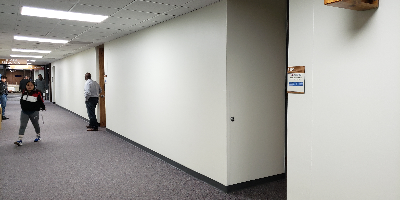jan 1, 1923 - KCK votes in favor of having an extension junior college
Description:
Superintendent of the KCK Schools (from 1902-1932), Matthew Pearson, was a co-founder of the junior college. He took advantage of a new law in Kansas that provided for junior colleges and requested Mayor Harry Burton place the proposition for a “two-year extension school” on the ballot in early 1923. Superintendent Pearson and Chairman of the KCK Board of Education James Beggs, a coal salesman, and the principle of Central High School, Clarence Rice, had the principle vision that guided the inception of the college. It therefore seems appropriate to say that there were three education based co-founders of the college: Pearson, Beggs, and Rice. Pearson argued that because 46 KCK students were attending the junior college in Missouri the city was losing revenue and control of the future of higher education. The vote in the community was 3 to 1 in favor of the college (11,828 to 7,282).When the Junior College was opened to start the fall semester Pearson was already
managing 50 grade schools in KCK, a teacher training program established in 1913, 3 junior
highs, 3 highs schools, and a new School of the Deaf established in 1922. Pearson appointed
Clarence Rice to be the Dean in charge of operations at the white branch of this new segregated junior college to be located at Central High School, and John Hodge, to be the Assistant Dean to manage the colored branch (African-American) on 9th and Washington. Both schools had the same curriculum long before Brown V. Board. There were a total of 43 college freshmen attending the race segregated junior college beginning in the fall of 1923. There were 15 students who graduated from the first class at the white branch in the Spring of 1925 and 3 from the Sumner branch, as well as four that received certificates. There were 75 students eleven full-time faculty and three part-time faculty by the end of the first academic year. Women could not be married and teach in the school district. Further, it didn’t pay to obtain a doctorate, since it meant being
reassigned to something other than teaching, often with lower rank and lower pay. Many
faculty had large numbers of graduate credits without having obtained their doctorates.
Added to timeline:
Date:
jan 1, 1923
Now
~ 102 years ago
